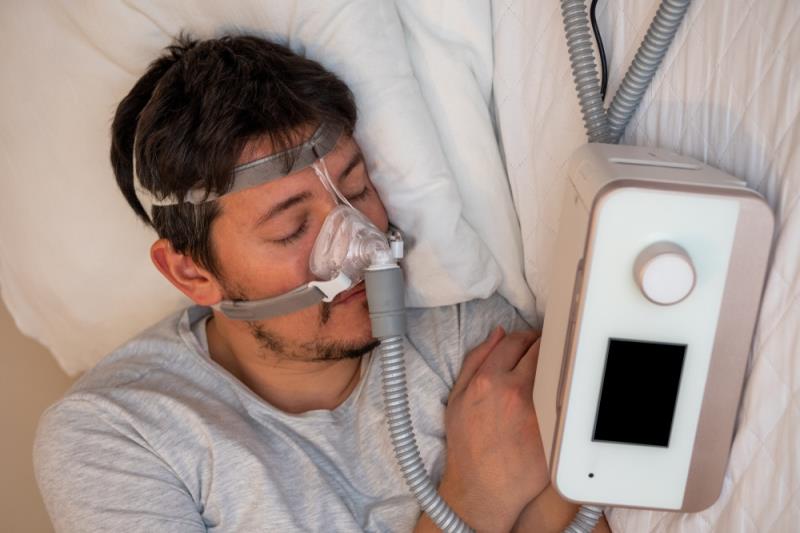Oral appliances: A more convenient option for OSA?
Medical Writer

Oral appliance therapy should be considered for patients facing compliance issues with CPAP* therapy for obstructive sleep apnoea (OSA), says an expert.
According to Dr John H Walker, clinical professor of orthodontics at Boston University, US, patients with OSA often do not use CPAP machines sufficiently during sleep to prevent the onset of potential complications from their condition.
“We’re finding these days that [CPAP] has to be worn at least 7 hours a night, 7 days a week, or else it’s not going to have any effect on the heart … their cardiomyopathy is going to continue,” said Walker. “If you’re wearing it for 5–6 hours a night, or take it off on weekends, it’s not going to work.”
An estimated 50 percent of patients failed to wear the masks at all in his experience, he added.
Speaking at the recent ENT Summit 2020 in Kuala Lumpur, Malaysia, Walker highlighted the use of oral appliances such as mandibular advancement devices (MAD) and tongue retainers which have shown some benefits for patients with mild-to-moderate OSA, though their effectiveness varied depending on the location of the obstruction in the patient’s oropharynx and the form of jaw support provided by the device.
Among the pros of oral appliance use Walker mentioned were the relatively improved comfort of nightly use compared to CPAP masks, compactness for travel, ease of cleaning at home, and overall improved airway hygiene.
He added that oral appliances not only prevented oropharyngeal collapse in supine positions but could also strengthen muscle and interstitial tissue in the jaw over time.
“This is also still the only alternative for minimally invasive care without maxillomandibular advancement surgery for severe sleep apnoea,” said Walker.
However, he cautioned that such devices required expert fitting, and the patient would have to go through additional motor testing and 3D scanning procedures beforehand, compared to CPAP machines which can be more easily issued.
Walker also admitted that the cost of oral appliances, which require custom fitting for each patient’s dental profile by a dentist or orthodontist, could be prohibitive for patients. In Walker’s private practice in the US, the costs for oral appliances can start from US$800 per piece at point of laboratory manufacture, reaching US$2,400 at point of care.
Walker did not recommend oral appliances for young or obese patients, as the former would need to regularly change devices to match their growth. In the case of the latter, oral appliances might have limited effect on their OSA as the source of obstruction would more likely be the enlarged tonsil and soft tissues in the oropharynx.
On the topic of OSA diagnostic processes in general, Walker advised physicians to avoid an overreliance on CT scans to make a decision on using CPAP for patients with OSA, as CT scans can overlook some obstructions in the oropharynx that are more visible only with a clinical examination.
“You have to know what the obstruction actually is, not just fit them for a mask based on general symptoms,” said Walker, who added that some obstructions which did not respond well to CPAP or oral appliances would require surgical interventions.